
Get the Perfect Kids’ Introduction to Wisconsin’s Critters with This Book by Alex Troutman
This Summer, get to know the wild side of Wisconsin! Critters of Wisconsin is a kids’ wildlife pocket guide that’s informative, concise, and easy to use. Written by wildlife biologist Alex Troutman, this handy book presents 63 critters of the Badger State. If an animal is in this book, it’s found in Wisconsin.
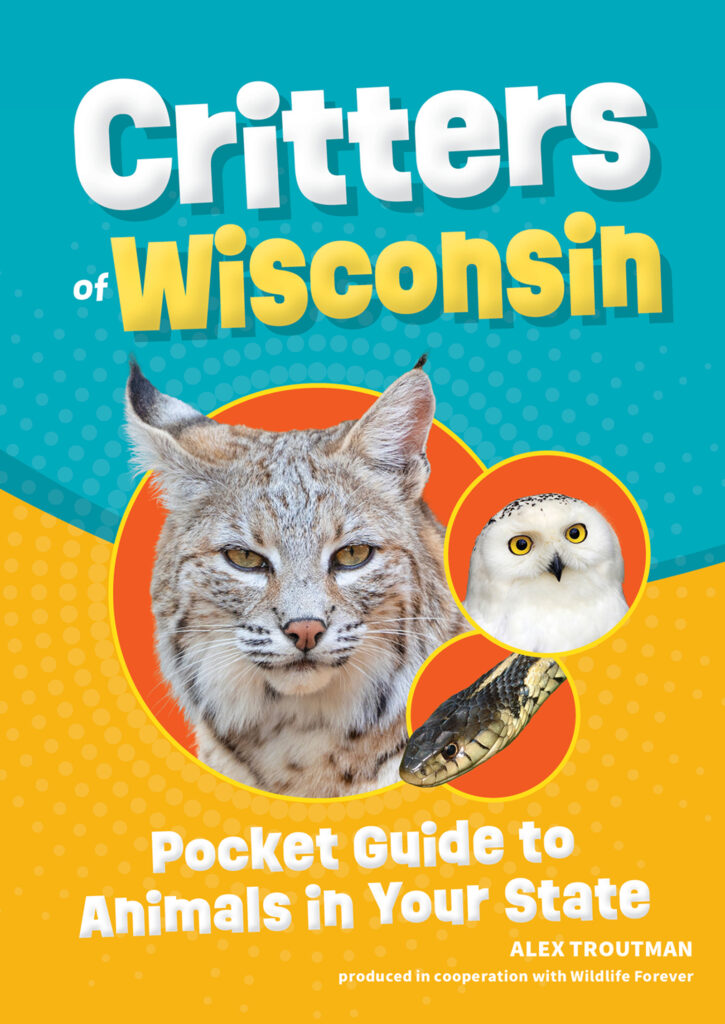
Each species is showcased with a professional-quality photograph that’s paired with such neat-to-know details as habitat, range, and preferred food sources.
Illustrations of the critter’s tracks complement the information, and a “Did You Know?” paragraph includes important-to-know mammals, birds, reptiles, and amphibians.
So get the perfect kids’ introduction to Wisconsin’s critters, a subject often used in STEAM lessons!
This book is a product of AdventureKEEN’s long-term partnership with Wildlife Forever. A portion of the proceeds from sales will benefit the organization’s work to restore habitats and teach the next generation about conservation.
Did you know?
Kingfishers inspired human technology! Bullet trains around the world are designed after the kingfisher’s beak, which allows it to dive into water without a splash. This design was used in bullet trains to allow them to enter into tunnels without making a large booming sound. This process of modeling human technology after animal features is called biomimicry.
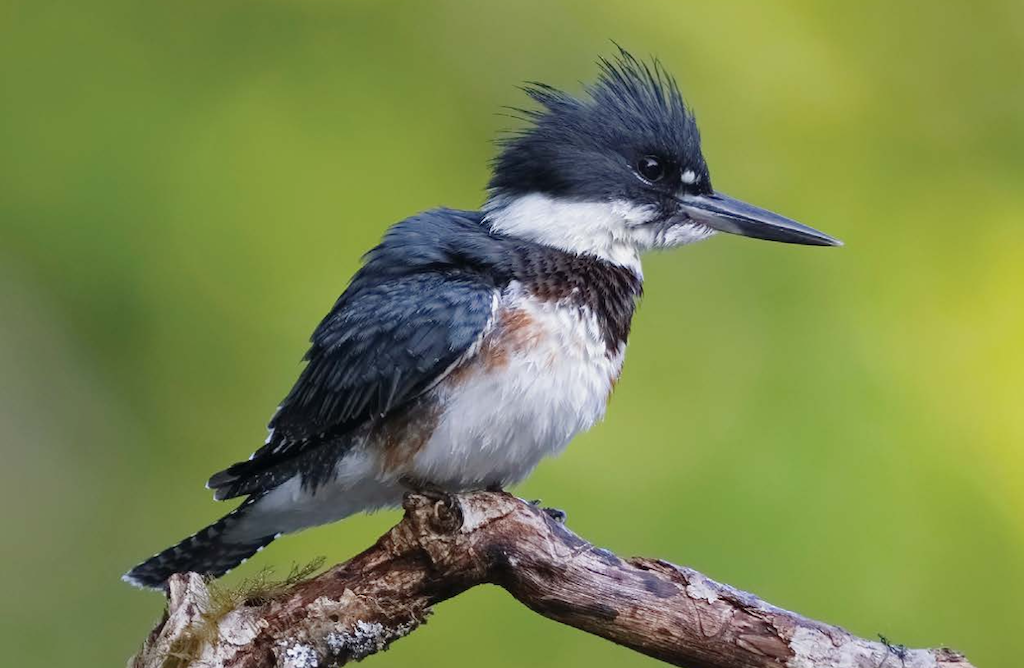
The eastern hognose snake is venomous! But its venom is not harmful to us. The hognose’s teeth have a dual purpose: they inject venom into prey and also deflate toads who puff their bodies up to avoid being eaten. The hognose wards off would-be predators by flattening its head to look like a cobra. If that doesn’t work, it will play dead by flipping its body over and letting its tongue hang out of its mouth.
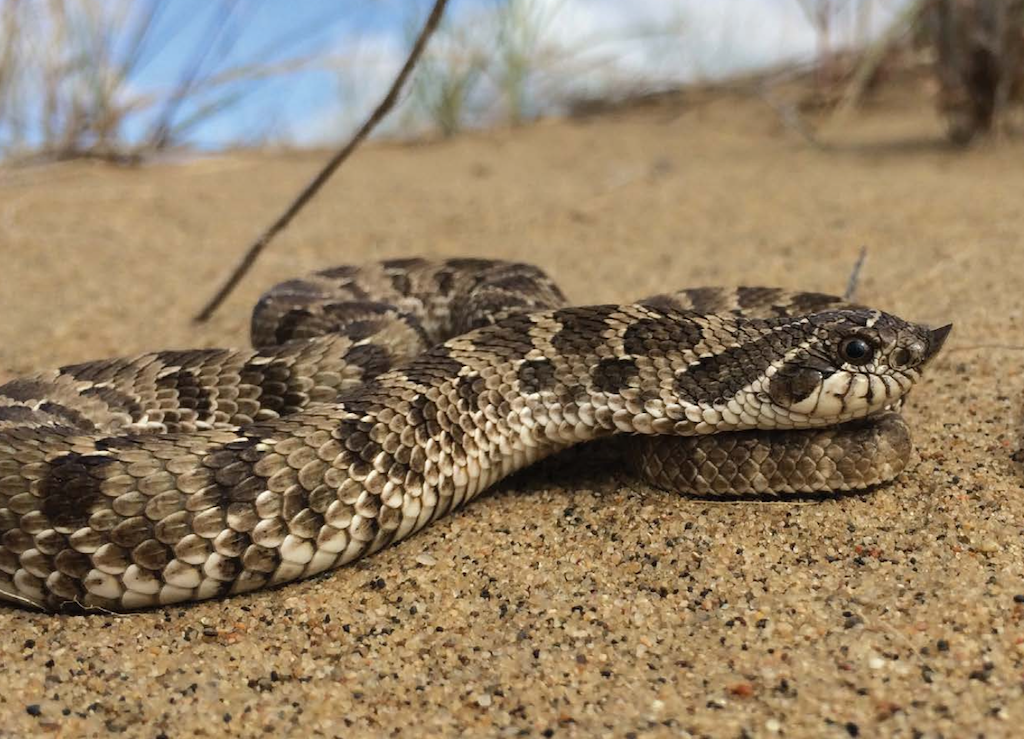
While named fishers, they do not catch fish. They are sometimes called fisher cats, but they are unrelated to cats. Instead, they eat fruits, berries, mammals, bugs, and other critters.
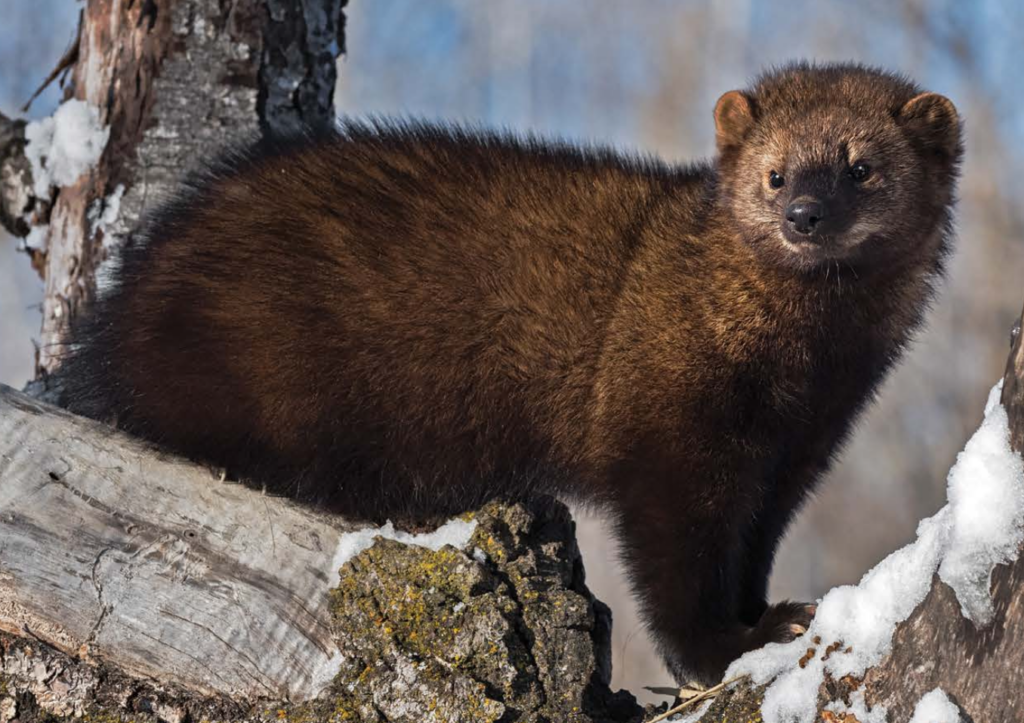
Mink have webbed feet, like otters. Although they usually dive and swim short distances, mink can dive over 13 feet deep and swim for over 95 feet underwater, if necessary!
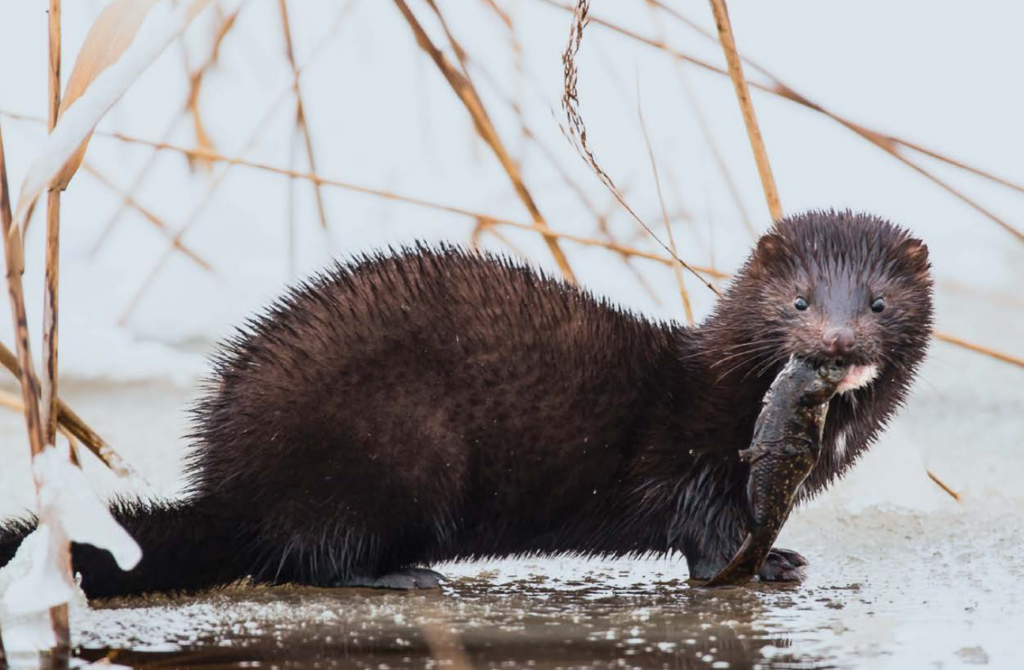
About the author: Alex Troutman is a wildlife biologist, birder, nature enthusiast, and science communicator from Austell, Georgia. He has a passion for sharing the wonders of nature and introducing the younger generation to the outdoors. He holds both a bachelor’s degree and a master’s degree in biology from Georgia Southern University (the Real GSU), with a focus in conservation. Because he knows what it feels like to not see individuals who look like you, or come from a similar background, doing the things you enjoy or working in the career that you aspire to be in, Alex makes a point not only to be that representation for the younger generation but also to make sure that kids have exposure to the careers they are interested in and the diverse scientists working in those careers.
If you enjoyed this post, please sign up for our newsletter now and order Critters of Wisconsin HERE! #bewellbeoutdoors


